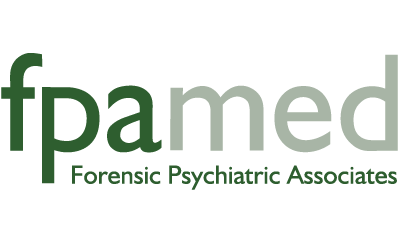Diagnostic Criteria for Alcohol Dependence & Abuse
The following are the diagnostic criteria for Alcohol Dependence and Abuse, asscording to the Diagnostic & Statistical Manual of Mental Disorders, Fourth Edition, Text Revised (DSM-IVTR), American Psychiatric Association, Washington, D.C. 2000.
303.90 Alcohol Dependence
Refer, in addition, to the general text and criteria for Substance Dependence. Physiological dependence on alcohol is indicated by evidence of tolerance or symptoms of Withdrawal. Especially if associated with a history of withdrawal, physiological dependence is an indication of a more severe clinical course overall (i.e., earlier onset, higher levels of intake, more alcohol-related problems).
Alcohol Withdrawal is characterized by withdrawal symptoms that develop 4–12 hours or so after the reduction of intake following prolonged, heavy, alcohol ingestion. Because Withdrawal from alcohol can be unpleasant and intense, individuals with Alcohol Dependence may continue to consume alcohol, despite adverse consequences, often to avoid or to relieve the symptoms of withdrawal. Some withdrawal symptoms (e.g., sleep problems) can persist at lower intensities for months. A substantial minority of individuals who have Alcohol Dependence never experience clinically relevant levels of Alcohol Withdrawal, and only about 5% of individuals with Alcohol Dependence ever experience severe complications of withdrawal (e.g., delirium, grand mal seizures). Once a pattern of compulsive use develops, individuals with
Dependence may devote substantial periods of time to obtaining and consuming
alcoholic beverages. These individuals often continue to use alcohol despite evidence of adverse psychological or physical consequences (e.g., depression, blackouts, liver disease, or other sequelae).
Specifiers
The following specifiers may be applied to a diagnosis of Alcohol Dependence
With Physiological Dependence
Without Physiological Dependence
Early Full Remission
Early Partial Remission
Sustained Full Remission
Sustained Partial Remission
In a Controlled Environment
305.00 Alcohol Abuse
Refer, in addition, to the text and criteria for Substance Abuse.
Alcohol Abuse requires fewer symptoms and, thus, may be less severe than
Dependence and is only diagnosed once the absence of Dependence has been
established. School and job performance may suffer either from the aftereffects of drinking or from actual intoxication on the job or at school; child care or household responsibilities may be neglected; and alcohol-related absences may occur from school or job. The person may use alcohol in physically hazardous circumstances (e.g., driving an automobile or operating machinery while intoxicated). Legal difficulties may arise because of alcohol use (e.g., arrests for intoxicated behavior or for driving under the influence). Finally, individuals with Alcohol Abuse may continue to consume alcohol despite the knowledge that continued consumption poses significant social or interpersonal problems for them (e.g., violent arguments with spouse while intoxicated, child abuse). When these problems are accompanied by evidence of tolerance, withdrawal, or compulsive behavior related to alcohol use, a diagnosis of Alcohol Dependence, rather than Alcohol Abuse, should be considered. However, since some
symptoms of tolerance, withdrawal, or compulsive use can occur in individuals with Abuse but not Dependence, it is important to determine whether the full criteria for Dependence are met.
